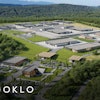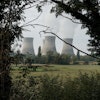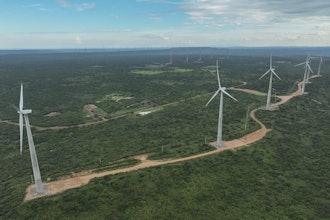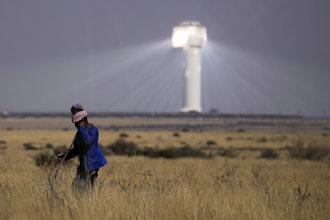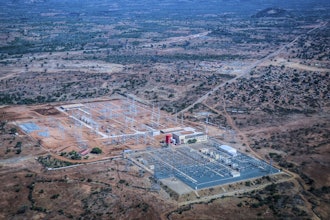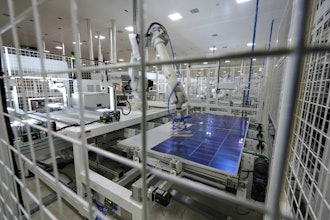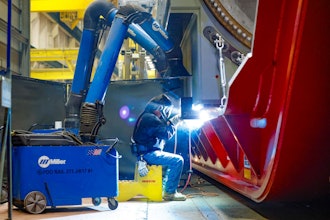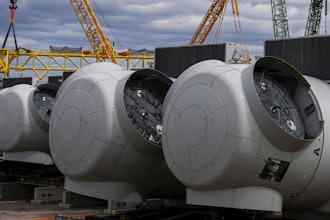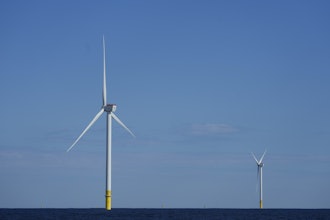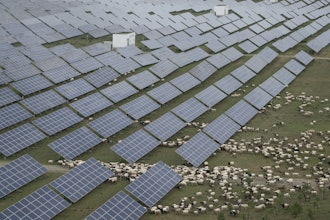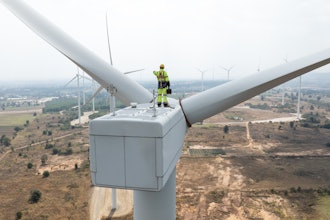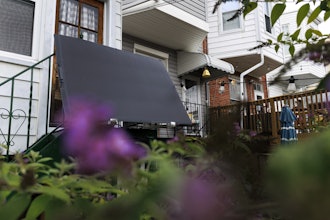According to a report from the nonprofit Environmental Integrity Project (EIP), just 4 percent of the nation’s nearly 1,200 fossil-fuel burning power plants account for 45 percent of their sulfur dioxide emissions.
EIP ranked each of the nearly 400 power plants for which the most recent emissions and electrical generation data are publicly available, based on emission rates, or pounds of pollutant for each megawatt-hour (or million megawatt-hours, in the case of mercury) that the plant produced.The three worst-scoring plants in the U.S. were in North Dakota, with the worst, Basin Electric’s Leland Olds Plant, coming in first based on a ranking of 35th for sulfur dioxide, 19th for carbon dioxide, 24th for nitrogen oxides and 37th for mercury emission rates.
Twelve states had at least two of the 50 dirtiest power plants. These states were: Indiana (with 5), Alabama (4), Kentucky (4), North Dakota (4), Ohio (3), Pennsylvania (3), Texas (3), Iowa (3), Illinois (2), Nebraska (2), New Jersey (2) and Wyoming (2).
“Each year, power plants emit millions of tons of sulfur dioxide (SO2) and nitrogen oxides (NOx), pollutants that trigger asthma attacks and contribute to lung and heart disease. Power plants are major contributors to global warming, emitting billions of tons of carbon dioxide (CO2) each year. Nationwide, power plants account for two thirds of all SO2, 22 percent of NOx, 40 percent of CO2, and a third of all mercury emissions.” the report notes.Almost half of the 100 largest SO2 emitters have either begun construction of a scrubber, or have committed to install one by 2010, a move that should send sulfur dioxide emissions into decline over the next several years.
Ilan Levin, counsel, Environmental Integrity Project, said: “Some electric power companies have made long-term commitments to clean up their plants, either to settle legal actions or in anticipation of future regulation. Many companies are making business decisions to upgrade pollution controls,”
According to the report, emissions of sulfur dioxide from power plants have remained steady over the past three years. The 50 dirtiest plants based on emission rate are responsible for nearly 38 percent of the sulfur dioxide emissions, but generate only about 13 percent of the electricity.
Carbon dioxide emissions a creeping upward in the absence of federal standards. About two-thirds of the heat energy that is consumed at a typical coal-fired power plant is wasted and that inefficiency contributes directly to high CO2 emissions from these facilities. The problem is expected to worsen, as new coal-fired plants are being built across the country.
Slow but steady progress has been made with Nitrogen Oxide in the eastern states. In 2005, there was a slight decline in emissions.Mercury emissions levels remain steady. Coal-fired power plants are the single largest source of mercury air pollution, accounting for roughly 40 percent of all mercury emissions nationwide.
A searchable database of the EIP report is available at http://www.dirtykilowatts.org

